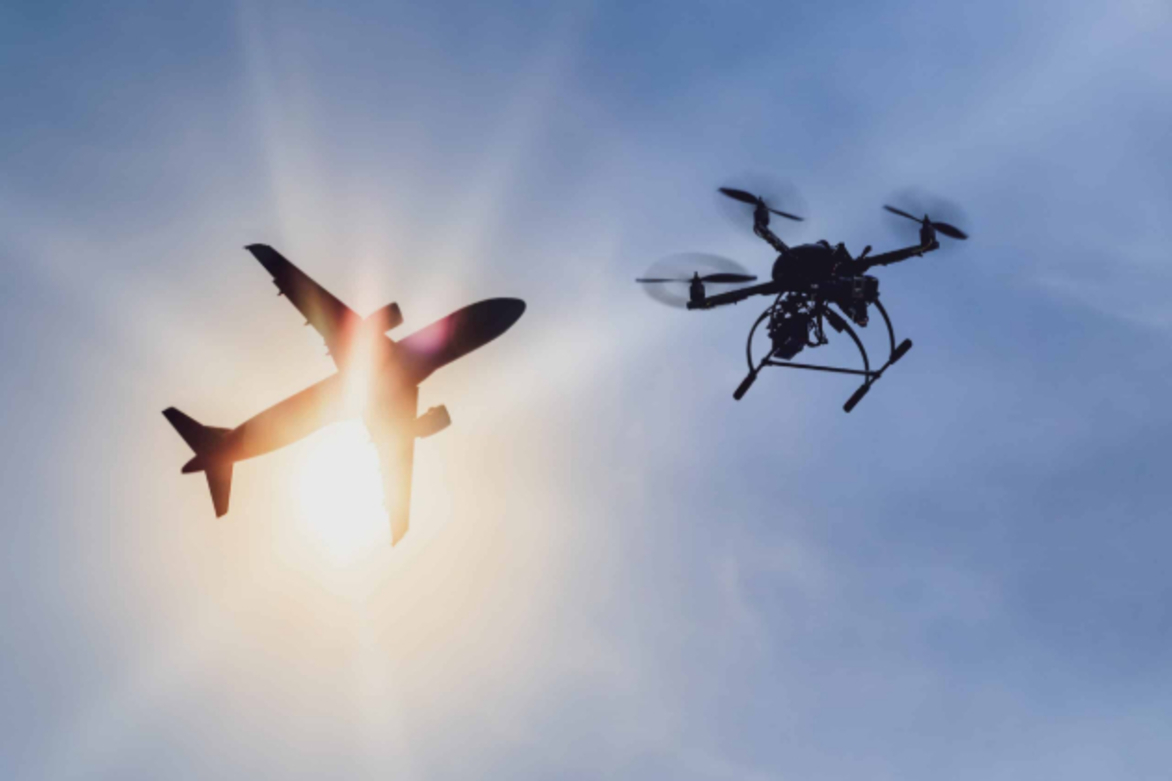Close calls with drones raise safety concerns for planes
Robert Besser
24 Apr 2025

WASHINGTON, D.C.: In November, a passenger plane was about to land at San Francisco airport when the pilots suddenly saw a drone flying close to their window — just 300 feet away. It was too late to avoid it.
A month before, a similar thing happened to a plane near Miami. And in August, a drone came within 50 feet of hitting a jet leaving Newark Airport.
Experts call these situations "near midair collisions," and they say they could lead to serious accidents. These kinds of close calls are becoming more common.
An investigation by the Associated Press found that in 2023, drones were involved in nearly two-thirds of near-collisions with planes at the 30 busiest airports in the U.S. That's the highest rate since 2020. Over the past 10 years, drones have caused more than half of all reported near-collisions with passenger planes.
Planes have always faced risks near airports—like bird strikes or crowded skies—but drones have made things worse. Drones have become much more popular, with over a million being flown in the U.S. for fun and business.
Experts say the danger is greatest near airports, where drone paths can cross with airplane flight paths. Many incidents go unreported because the system that tracks them relies on pilots and aviation workers volunteering information.
The FAA (Federal Aviation Administration) says it's trying to reduce drone risks. It bans most drones from flying near airports without permission. Drones that weigh over 250 grams must be registered and carry a radio tracker to show their location. However, these rules are hard to enforce, and not all drone users know or follow them.
The FAA is also testing technology that can stop drones near airports, like jamming their signals or using lasers or microwaves to bring them down.
Some experts say more should be done — like creating systems that can spot and fine rule-breaking drone users, or requiring drone makers to install automatic limits (called "geofencing") that stop drones from flying into restricted areas.
DJI, a major drone company, used to have geofencing. But in January, it replaced the feature with a simple warning message because handling requests to bypass the restrictions took too much time.
Authorities are now trying to crack down on people who fly drones in dangerous places. In December, Boston police arrested two men for flying a drone near the airport. And in January, a drone hit a firefighting plane in California. The drone made a hole in the plane's wing, grounding it for repairs. The man who flew the drone pleaded guilty in court for reckless flying.
